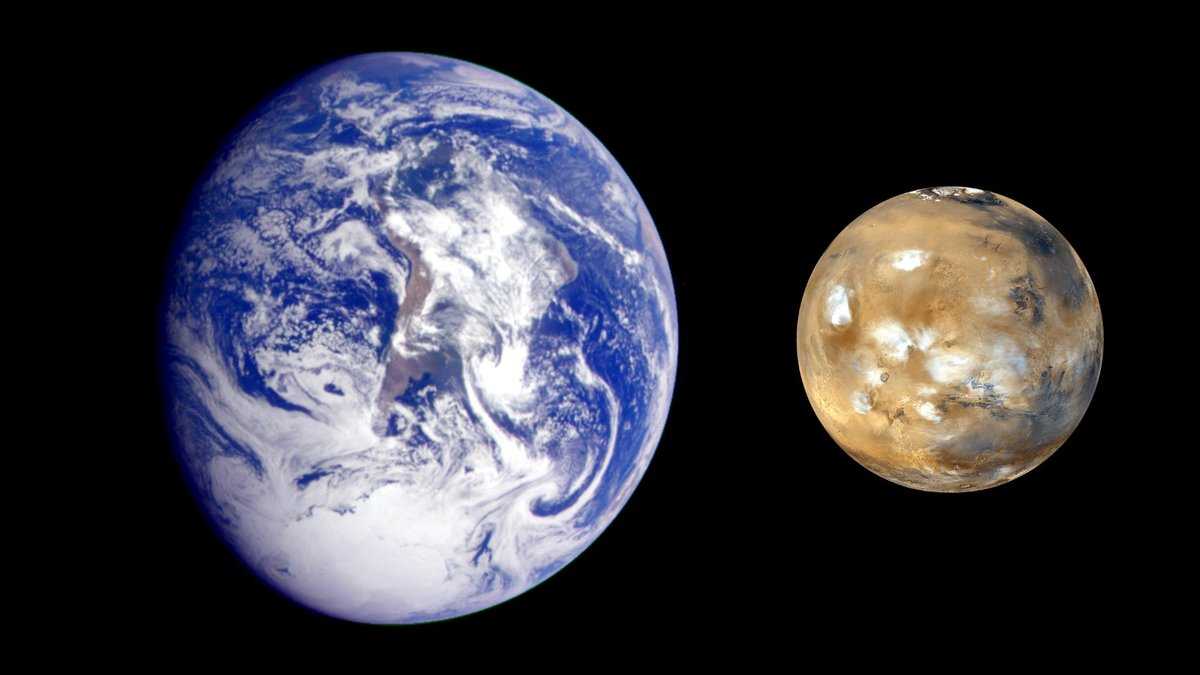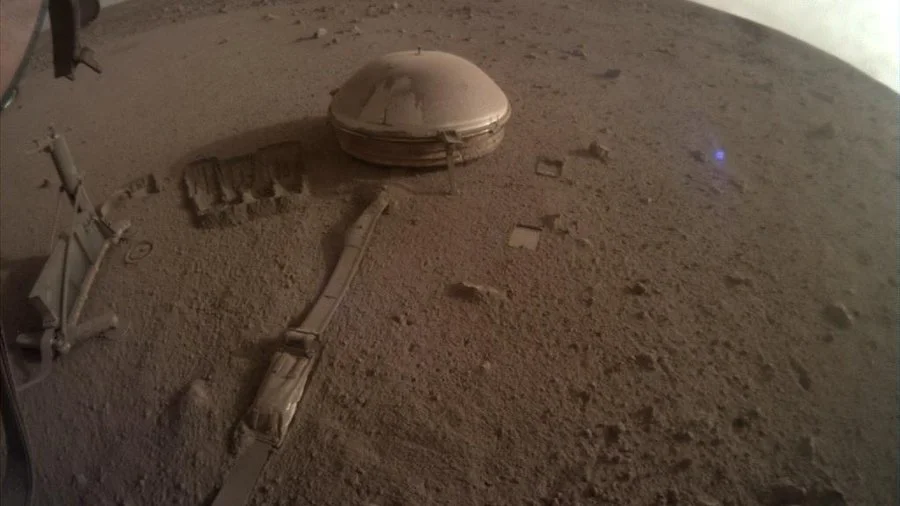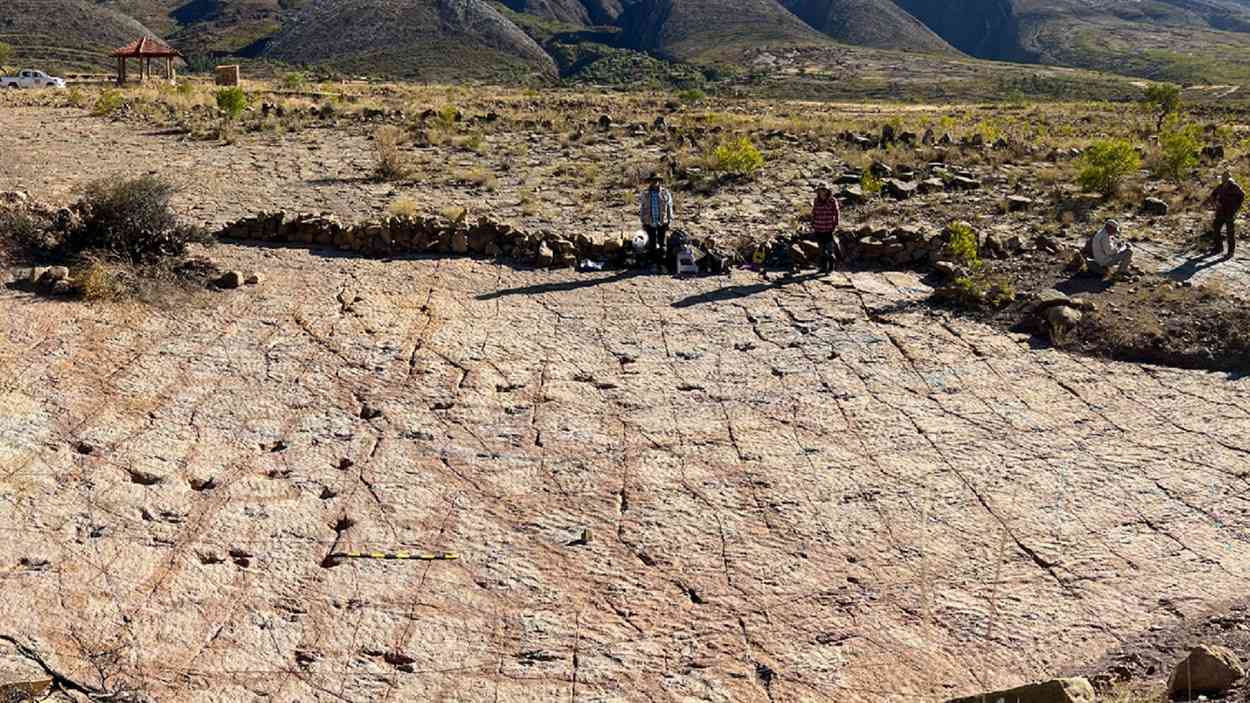Humanism
Anger, Resentment, and Silent Treatment: How to Regain Control Over Your Emotions
30 December 2025

Mars, a cold and desolate world, is increasingly being seen as a potential second Earth. New research is making the vision of transforming the Red Planet less like science fiction and more like a tangible goal. A three-stage plan aims to warm the planet, introduce life, and create a breathable atmosphere on Mars. This ambitious endeavor could also bring significant benefits to our own planet.
For years, the terraforming of Mars has captivated science fiction writers. In Paul Verhoeven’s cult classic “Total Recall,” Mars transforms into a second Earth through an alien machine that heats its core, releasing oxygen from ice-containing rocks and other compounds. As a result, Mars gains a breathable atmosphere in minutes. While a visually stunning scene, it has little in common with reality. Nevertheless, it remains one of the most recognizable depictions of creating a breathable atmosphere on Mars.
Now, scientists are presenting an idea that, though slower and more complex, has the potential to actually approach this vision. If successful, it could be the beginning of something much larger: the creation of a breathable atmosphere on Mars.
“There are real indications to return to the topic seriously,” reported SciTech Daily, referencing a study led by Erik Alden DeBenedictis from Pioneer Research Labs, whose team worked on creating an atmosphere on Mars.
DeBenedictis presented a three-stage plan that could change the future of Mars and perhaps even Earth.
See also: Mysterious Cosmic Object in Space: A Perfect Sphere Stuns Astronomers

If Mars is to host life, it must first be warmed. Currently, the average temperature there is around -60°C. Scientists believe it needs to be increased by at least 30 degrees. How can this be achieved? One proposed method involves using solar mirrors that could focus the sun’s rays onto the planet’s surface. Other ideas include spraying special aerosols or covering the ground with heat-retaining materials like silica aerogels.
Once Mars becomes warmer, the next step is to introduce life. The selection of organisms cannot be random. Scientists are focusing on extremophiles—microorganisms that thrive in hot, salty, toxic, or extremely dry environments. Through synthetic biology, these microorganisms could be further modified to cope with Martian challenges: radiation, low pressure, and toxic salts.
Over time, these microbes could transform Mars’s atmosphere and soil, producing oxygen. Scientists write that their “goal is to achieve an atmosphere with a pressure of 100 mbar, entirely from local sources, in which a human could breathe without a spacesuit.” This stage would be the seeding of a biological impulse from which a breathable atmosphere on Mars could emerge.
Mars could become a planetary laboratory where scientists test ecological solutions and future technologies.
“Terraforming techniques can also help Earth. For example, in combating droughts or modeling complex ecosystems,” says DeBenedictis. By creating an atmosphere on Mars, humanity could simultaneously better understand and protect the environment on its own planet.
Transforming Mars into a habitable planet involves many other problems that science cannot yet solve. The primary issue is the planet’s residual magnetic field. This exposes future colonists to cosmic and solar radiation. Terraformers would need to consider alternative protection methods, such as artificially generated magnetic fields.
Read more: Black Hole Bomb Works: Scientists Build a Miniature Version
Finally, it’s worth considering the costs of such a hypothetical operation. Elon Musk’s optimistic vision estimates a cost of $100,000 per person. Other estimates suggest costs ranging from $10 to $100 trillion. These are, ironically, astronomical sums, and it’s difficult to imagine who could undertake the financing of such an operation today.
But perhaps it’s not just about money. The project to create an atmosphere on Mars is not only a technological challenge but also a testament to human courage. If successful, it would be the largest ecological experiment in history.
Polish version: Wystarczą 3 etapy, by odmienić Marsa. Znamy szczegóły operacji
Humanism
30 December 2025



Zmień tryb na ciemny